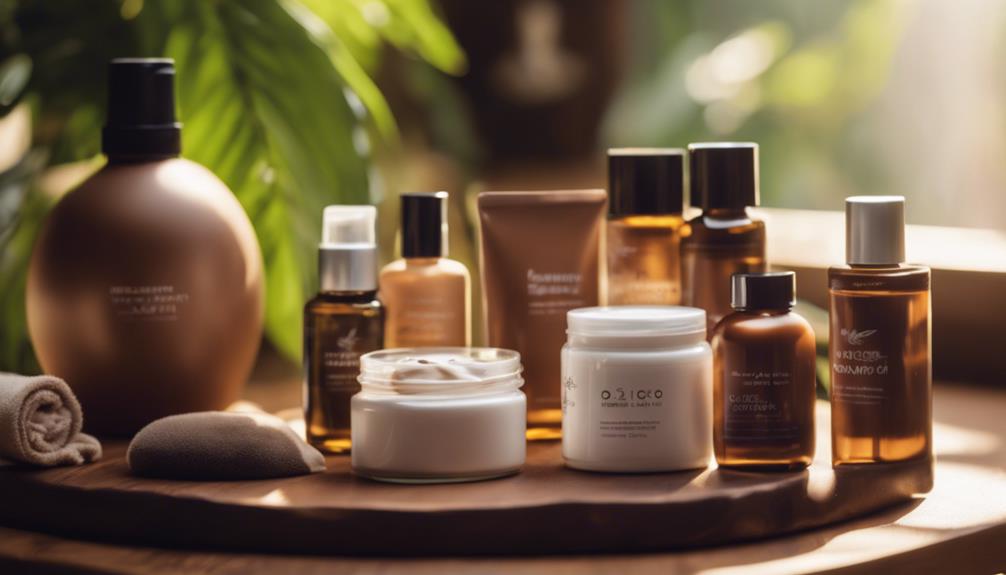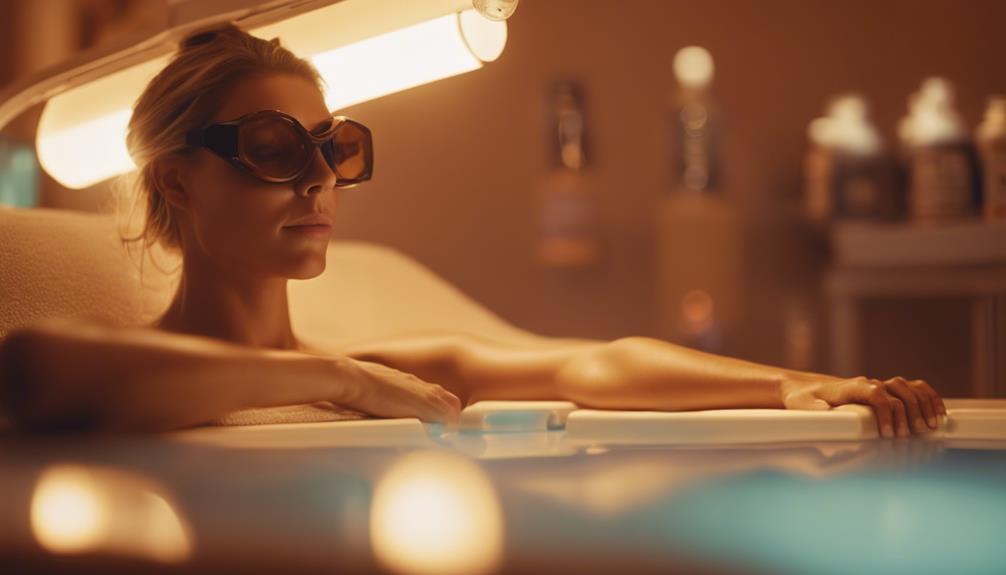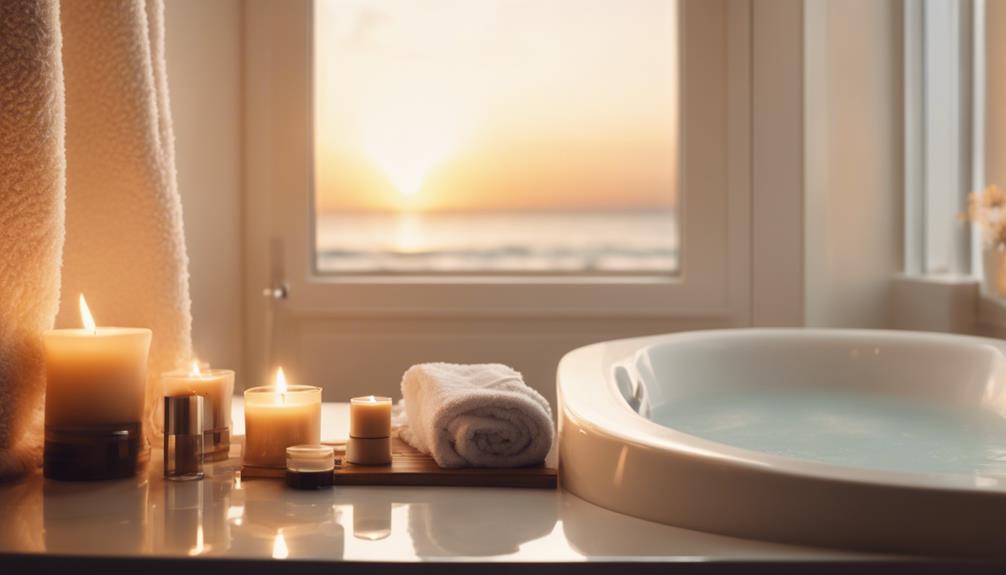To stay safe while using tanning beds, it’s important to first understand your skin type. Those with fair skin are more prone to burning, so it’s advised to limit tanning sessions. Applying indoor tanning lotion generously before each use can help achieve better results. Don’t forget to protect your eyes with goggles to prevent any damage. Always remember to apply broad-spectrum sunscreen to shield your skin from harmful rays. After tanning, be sure to moisturize to keep your skin hydrated and maintain your tan. Pay close attention to your skin’s reaction, as any redness or irritation signals the need to cut back on tanning. There is more to learn about practicing safe tanning habits. To further safeguard your skin, limit visits to tanning salons to no more than two or three times a week. It’s essential to allow your skin time to recover between sessions. Consider using self-tanning products as a safer alternative to tanning beds. Always prioritize the health and safety of your skin when it comes to tanning. Protect your eyes by wearing UV-protective sunglasses outdoors, as prolonged exposure to UV rays can harm your eyes. Stay hydrated while tanning, as the heat from the bed can cause dehydration. Finally, seek advice from a dermatologist for personalized recommendations on safe tanning practices based on your skin type. Protect your eyes both indoors and outdoors to ensure overall health and safety while enjoying the benefits of tanning.
Key Takeaways
- Know your skin type to determine safe UV exposure limits and avoid burns.
- Always use indoor tanning lotion to achieve an even tan and enhance results.
- Protect your eyes with goggles to prevent potential damage during tanning sessions.
- Apply broad-spectrum sunscreen to safeguard your skin from harmful UV rays.
Key Safety Practices
To stay safe while tanning, make certain you know your skin type and limit your UV exposure accordingly.
Using indoor tanning lotion is fundamental for achieving an even tan and enhancing results.
Don't forget to protect your eyes with goggles; this step is essential for avoiding damage during tanning sessions.
Always apply a broad-spectrum sunscreen to shield your skin from harmful rays.
Limit your tanning sessions to prevent overexposure, which can lead to skin damage.
Hydration is key—drink plenty of water to maintain your skin's health.
Finally, proper aftercare is important; moisturize regularly to extend the life of your tan and keep your skin looking vibrant.
Following these practices guarantees a safer and more enjoyable tanning experience.
Recognizing Skin Types

Understanding your skin type is vital for determining how much UV exposure you can safely handle.
If you have fair skin, you're likely more prone to burns and should limit your tanning sessions. Medium skin tones can typically tolerate more UV exposure, but you still need to be cautious. Darker skin tones may handle higher levels of UV light without burning, yet they can still experience damage.
It's important to assess your skin's reaction to the sun and tanning beds. If you notice redness or irritation, it's a sign to dial back your tanning sessions.
Consulting a dermatologist can provide personalized insights on your skin type and how to protect it while enjoying tanning beds safely.
Selecting Tanning Products

Choosing the right tanning products can greatly enhance your tanning experience and results.
Look for indoor tanning lotions that are specifically formulated to boost your skin's response to UVA light. These lotions help guarantee even application, preventing those dreaded patchy results.
Make sure to apply the product generously before each session for best results. Don't forget your goggles to protect your eyes from harmful UV rays.
After tanning, use a good moisturizer to extend the life of your tan and keep your skin hydrated. Remember, a well-cared-for tan not only looks better but also promotes overall skin health.
Prioritize quality products to enjoy a safe and effective tanning experience. Happy tanning!
Frequently Asked Questions
How Often Should I Use Tanning Beds for Optimal Results?
For best results, limit your tanning bed sessions to two to three times a week. Monitor your skin's response and adjust frequency accordingly to avoid overexposure while achieving a desirable tan.
What Are the Signs of Overexposure to UV Light?
Like a sunburned sunset, signs of overexposure to UV light include redness, peeling skin, and increased sensitivity. If you notice these symptoms, it's time to step back and give your skin a break.
Can I Tan if I Have Skin Conditions Like Eczema?
If you have skin conditions like eczema, it's best to consult a dermatologist before tanning. They can offer tailored advice, ensuring you avoid aggravating your condition while pursuing your tanning goals safely.
Are There Any Age Restrictions for Using Tanning Beds?
Like Peter Pan, you might wish to stay young forever, but most places restrict tanning bed use to those 18 and older. Always check local laws to verify you're tanning legally and safely.
What Should I Do if I Experience Skin Irritation After Tanning?
If you experience skin irritation after tanning, wash the area with cool water, apply a soothing lotion, and avoid further sun exposure. If irritation persists, consult a dermatologist for appropriate treatment and advice.
What are the best ways to stay safe while using tanning beds?
When using tanning beds, it’s important to follow safe tanning tips to reduce the risk of skin damage. Always wear protective eyewear, limit your sessions, and use a proper tanning lotion. Regularly check your skin for any changes and avoid tanning if you have sunburn.
Conclusion
As you step into that tanning bed, remember: your skin deserves just as much care as that golden glow you crave.
By following these safety practices, you can bask in the warmth without fear.
But what if you could achieve that perfect tan while keeping your skin healthy?
The secret lies in the choices you make today.
So, are you ready to uncover the best-kept secrets of safe tanning and reveal a stunning, sun-kissed you?









